1. Blackface in Entertainment
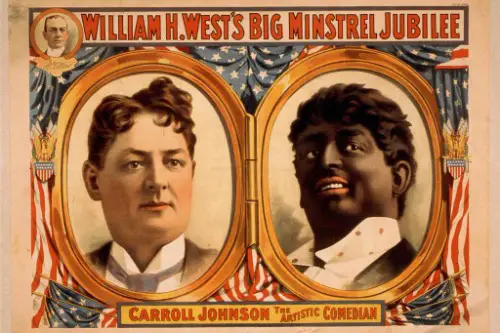
Not long ago, it was common for white performers to wear blackface in minstrel shows, TV, and even Halloween costumes, PBS explains. It was often played for laughs, exaggerating stereotypes and mocking Black culture. Films and TV shows as recent as the early 2000s still included blackface as a joke, but public outcry eventually put an end to it. Today, blackface is widely recognized as racist and offensive, and most people who attempt it face serious backlash.
The tradition has deep roots in America’s history of racial discrimination, dating back to the 19th century. Minstrel shows were used to demean Black people, reinforcing harmful stereotypes for white audiences. Even when performers claimed it was “just for fun,” it ignored the painful history behind it. Now, most Americans understand why blackface is unacceptable, though some still try to defend it as “just a joke.”
2. Redskins and Other Native Mascots

For decades, sports teams used Native American imagery as mascots without much thought. The Washington Redskins, Cleveland Indians, and countless high school teams had names and logos that stereotyped Native people. While these symbols were defended as honoring Indigenous culture, they often reduced real communities to caricatures, according to NPR. Many Native groups fought for years to have these mascots removed, and in recent years, several teams finally changed their names.
The shift reflects a broader understanding that using an entire ethnicity as a mascot is demeaning. Native American activists pointed out that these images contributed to harmful stereotypes and ignored the real struggles of Indigenous people. Some teams still resist changing their names, arguing that it’s part of their legacy. But today, more people recognize that honoring a culture means listening to it—not using it as a costume.
3. Smoking Indoors
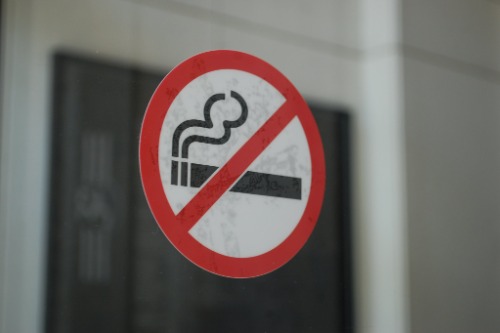
It wasn’t long ago that people could light up a cigarette just about anywhere—restaurants, airplanes, even hospitals. Smoking indoors was seen as a normal part of life, and non-smokers just had to deal with it, the NIH reports. Many places didn’t even have separate smoking sections, meaning secondhand smoke was unavoidable. It wasn’t until the late 20th century that research on health risks led to widespread smoking bans.
Today, the idea of someone lighting a cigarette in an office or on a plane seems absurd. We now understand how harmful secondhand smoke is, and strict laws prevent smoking in most public indoor spaces. What was once a sign of sophistication or relaxation is now seen as inconsiderate and dangerous. While smoking itself isn’t illegal, blowing smoke in someone’s face is a surefire way to make enemies.
4. Beauty Pageants for Kids

Child beauty pageants used to be a staple of American culture, celebrated on TV and in small-town competitions. Shows like Toddlers & Tiaras turned them into entertainment, but over time, the tide shifted. Critics argued that dressing up young children in makeup, fake tans, and adult-style outfits was exploitative, according to The Maine Campus. Many now see these pageants as pressuring kids into unrealistic beauty standards far too early.
Beyond the superficial concerns, some pageants have been criticized for exposing children to unsafe situations. The emphasis on appearance over talent or personality has also drawn scrutiny. Today, many people find the entire concept uncomfortable, with some states even pushing for age restrictions. While beauty pageants still exist, they’re far less mainstream than they once were.
5. Gender-Specific Jobs
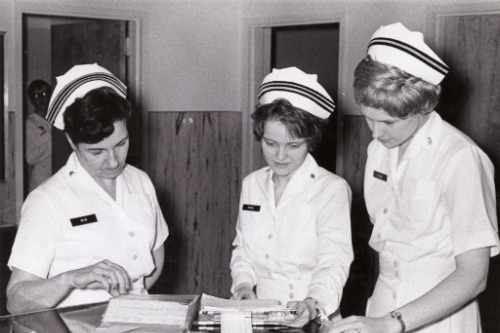
For much of American history, certain jobs were strictly seen as “men’s work” or “women’s work.” Women were expected to be teachers, nurses, or secretaries, while men dominated fields like construction, finance, and science, the Smithsonian American Women’s History Museum explains. Even job listings used to specify gender, reinforcing the idea that women couldn’t handle certain careers. These expectations limited opportunities and discouraged many people from pursuing their true passions.
Over time, society started to challenge these outdated norms, pushing for equal opportunities in every industry. While gender bias still exists in some fields, it’s no longer acceptable to assume someone’s abilities based on their sex. Laws now prevent employers from discriminating based on gender, and more women are entering historically male-dominated fields. Today, telling someone they “can’t” do a job because of their gender is seen as both offensive and ridiculous.
6. Whistling at Women
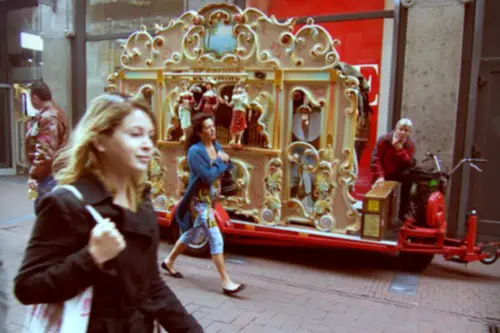
Catcalling used to be seen as playful or even complimentary, with men whistling and calling out to women on the street. In movies and TV shows, it was often portrayed as harmless flirting. But in reality, it made women feel uncomfortable, unsafe, and objectified. Today, people recognize that street harassment is not a compliment—it’s harassment.
Social movements have brought attention to how these behaviors contribute to a culture of sexism. Women have shared their experiences of feeling threatened or even followed after being catcalled. Many cities have even enacted laws against street harassment. What was once brushed off as “boys being boys” is now widely condemned as inappropriate behavior.
7. Segregated Proms
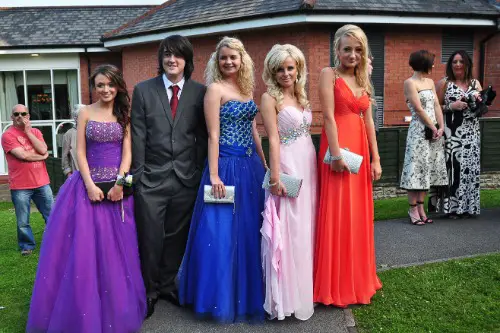
Believe it or not, some American high schools held racially segregated proms well into the 21st century. These unofficial traditions, mostly in the South, were defended as a way to “avoid trouble” between students of different races. In reality, they were a blatant holdover from segregationist policies that should have ended decades earlier. As news stories about these proms surfaced, national outrage put pressure on schools to integrate their events.
Many people were shocked that such practices still existed in modern America. While most schools now have fully integrated proms, it took intense activism to make it happen. The idea of separating students based on race is now widely considered offensive and outdated. Today, an all-white or all-Black prom would be seen as an embarrassment, not a tradition.
8. Misogynistic Wedding Traditions

Some wedding customs that were once considered romantic now feel outdated and even sexist. The idea of a father “giving away” his daughter reinforces the notion that she is property being transferred. Tossing the garter—a tradition where the groom removes it from the bride’s leg in front of guests—can also seem uncomfortable and inappropriate. Even the expectation that a bride must take her husband’s last name is being questioned more than ever.
While many couples still embrace these traditions, others are choosing to modernize their weddings. Some brides walk themselves down the aisle or have both parents join them. More women are keeping their last names, and some couples even combine their names. What was once seen as sweet and sentimental is now often viewed through a more critical lens.
9. Public Spankings for Kids
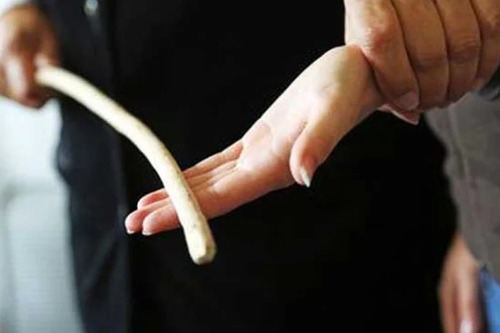
It used to be common for parents to spank their children in public without anyone batting an eye. In fact, teachers, neighbors, and even strangers sometimes stepped in to discipline kids if they felt it was necessary. Many parents believed spanking was the best way to teach respect and obedience. But today, attitudes about corporal punishment have shifted, and public spanking is seen as inappropriate, if not outright abusive.
Studies on child development have shown that spanking can lead to long-term emotional harm rather than positive behavior changes. Many experts now argue that discipline should focus on communication and natural consequences instead of physical punishment. Some states have even banned spanking in schools, and parents who hit their children in public may face judgment—or even intervention—from bystanders. While some still defend it as a traditional parenting method, it’s far from socially acceptable today.
10. Offensive Halloween Costumes
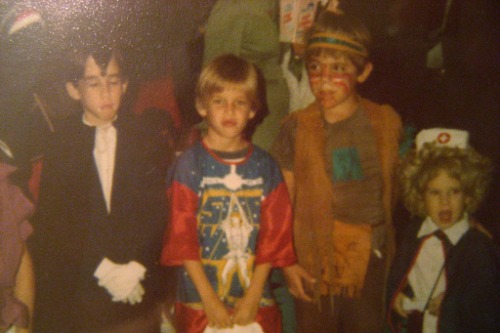
Not long ago, dressing up as a different culture or ethnicity for Halloween was seen as harmless fun. People wore Native American headdresses, painted their faces to look like other races, or dressed as exaggerated versions of cultural stereotypes. Costumes like “Mexican bandit,” “geisha girl,” or “sexy Pocahontas” were sold in stores without controversy. But as awareness grew about cultural appropriation and harmful stereotypes, these costumes became widely condemned.
Today, many people understand that dressing as another race or culture reduces it to a caricature. Colleges and workplaces have issued guidelines to discourage offensive costumes, and celebrities have been called out for wearing them. Some people argue that it’s “just a costume,” but to those whose cultures are being misrepresented, it’s deeply offensive. What was once dismissed as playful is now recognized as insensitive and inappropriate.
11. Extreme Hazing in Fraternities and Sororities
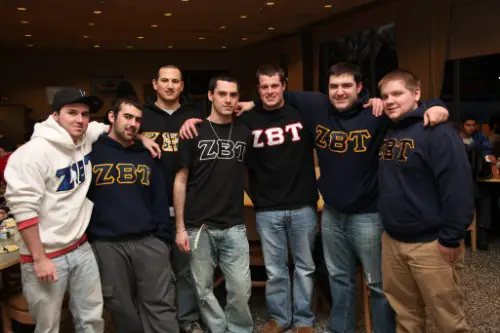
Hazing rituals were once considered a rite of passage in college fraternities, sororities, and even sports teams. New members were subjected to humiliating, dangerous, and sometimes illegal challenges in the name of tradition. These activities ranged from forced binge drinking to physical abuse, with many believing that enduring them proved loyalty and toughness. But after several high-profile hazing deaths, attitudes began to change.
Schools have cracked down on hazing, and many states have passed stricter laws against it. While some fraternities and teams still try to defend their traditions, the risks and ethical concerns are too serious to ignore. More students and parents are speaking out, demanding safer and more respectful initiation practices. What was once laughed off as “harmless fun” is now seen as reckless and potentially deadly.
12. Using “Exotic” as a Compliment
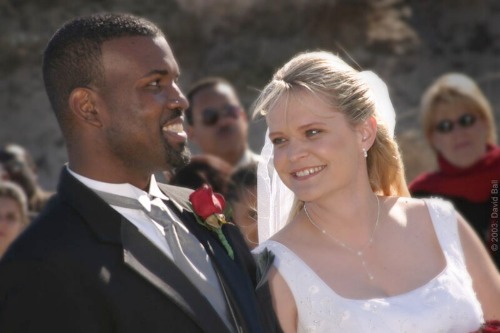
For years, calling a person or their features “exotic” was considered a compliment, especially for women of color. It was meant to suggest beauty, uniqueness, or allure—but it also carried an underlying message of “otherness.” The word often implied that someone didn’t belong or was somehow different from the norm. As awareness of racial microaggressions has grown, more people recognize why this term is problematic.
Instead of making someone feel special, calling them “exotic” can feel dehumanizing or fetishizing. It often comes from a place of unconscious bias, assuming whiteness as the default and everything else as foreign. Many women of color have spoken out about how these comments make them uncomfortable. Today, people are more mindful of the words they use to describe others, recognizing that not every old compliment is a good one.
13. Racist Caricatures in Advertising
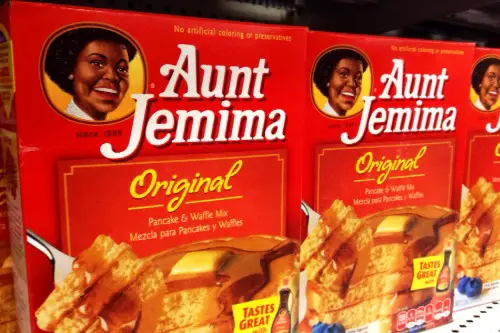
For decades, American advertising featured cartoonish, racist depictions of Black, Asian, and Native American people. Brands like Aunt Jemima, Uncle Ben’s, and the Cleveland Indians’ Chief Wahoo used exaggerated features and stereotypes to sell products. These images were so normalized that few questioned them for years. But as conversations about racism grew, companies were forced to reconsider their branding.
Many of these brands have since changed their names or removed offensive mascots altogether. The realization that these images weren’t just outdated but deeply harmful led to long-overdue changes. Some people resisted, arguing that these were just “traditions,” but companies knew that public opinion had shifted. Today, racist branding is more likely to spark outrage than nostalgia.
14. Workplace Sexual Harassment as “Flirting”
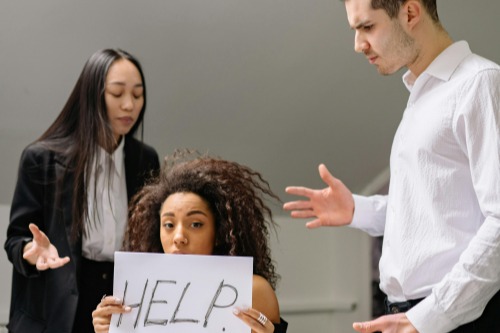
There was a time when unwanted advances in the workplace were brushed off as harmless flirtation. Bosses making inappropriate comments, coworkers touching without consent, and even quid-pro-quo harassment were often tolerated—or worse, expected. Women were told to “take it as a compliment” or “not be so sensitive.” But movements like #MeToo have made it clear that this kind of behavior is unacceptable.
Laws against workplace harassment have existed for years, but only recently have people felt empowered to speak out. More companies now have strict policies and training programs to prevent harassment. What used to be dismissed as part of office culture is now taken seriously, with real consequences for those who cross the line. Today, few people would defend the idea that making coworkers uncomfortable is just “being friendly.”


